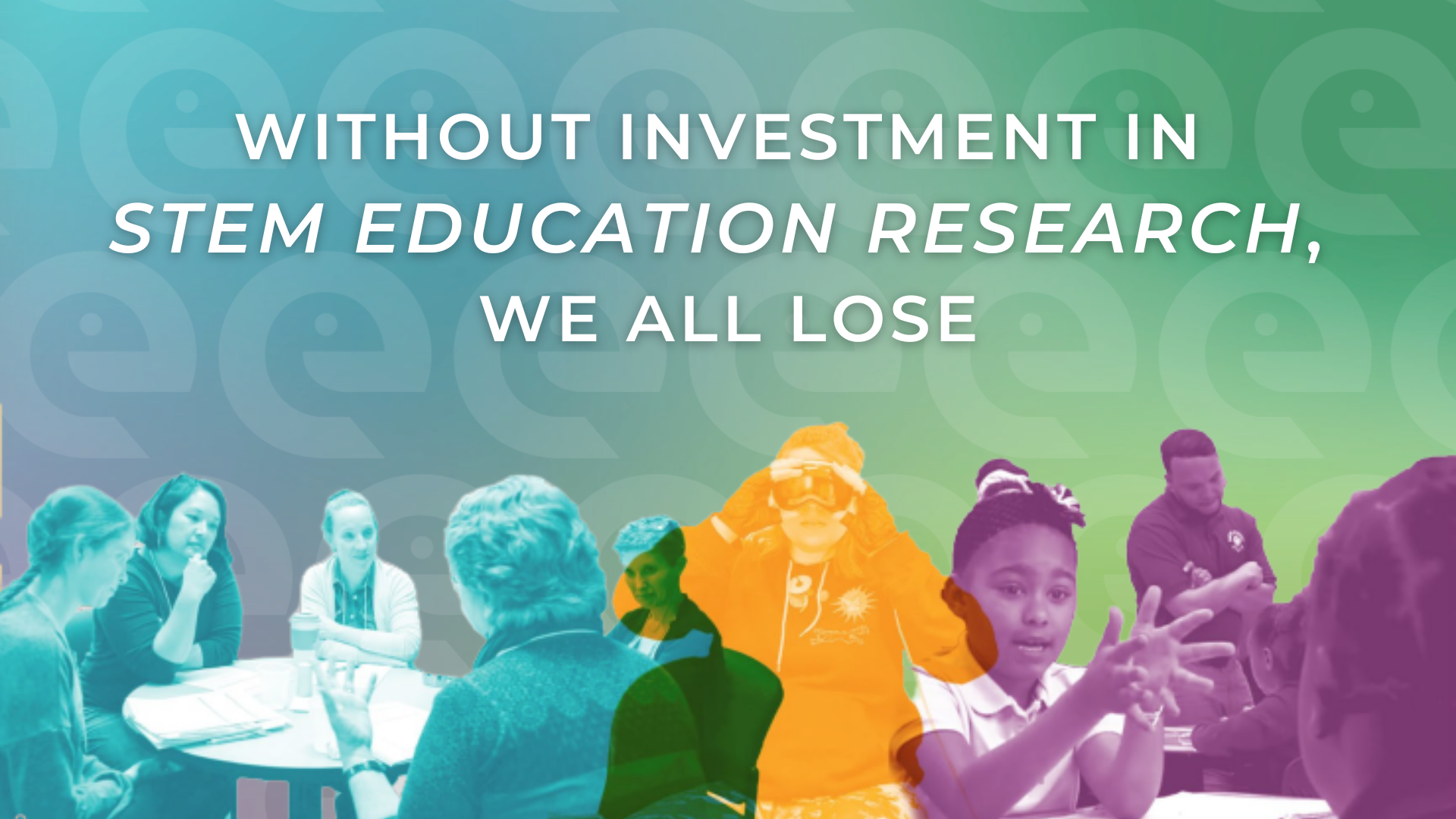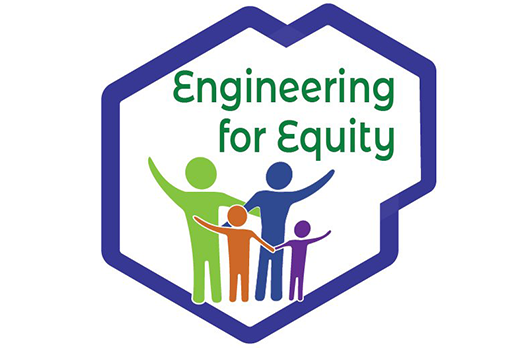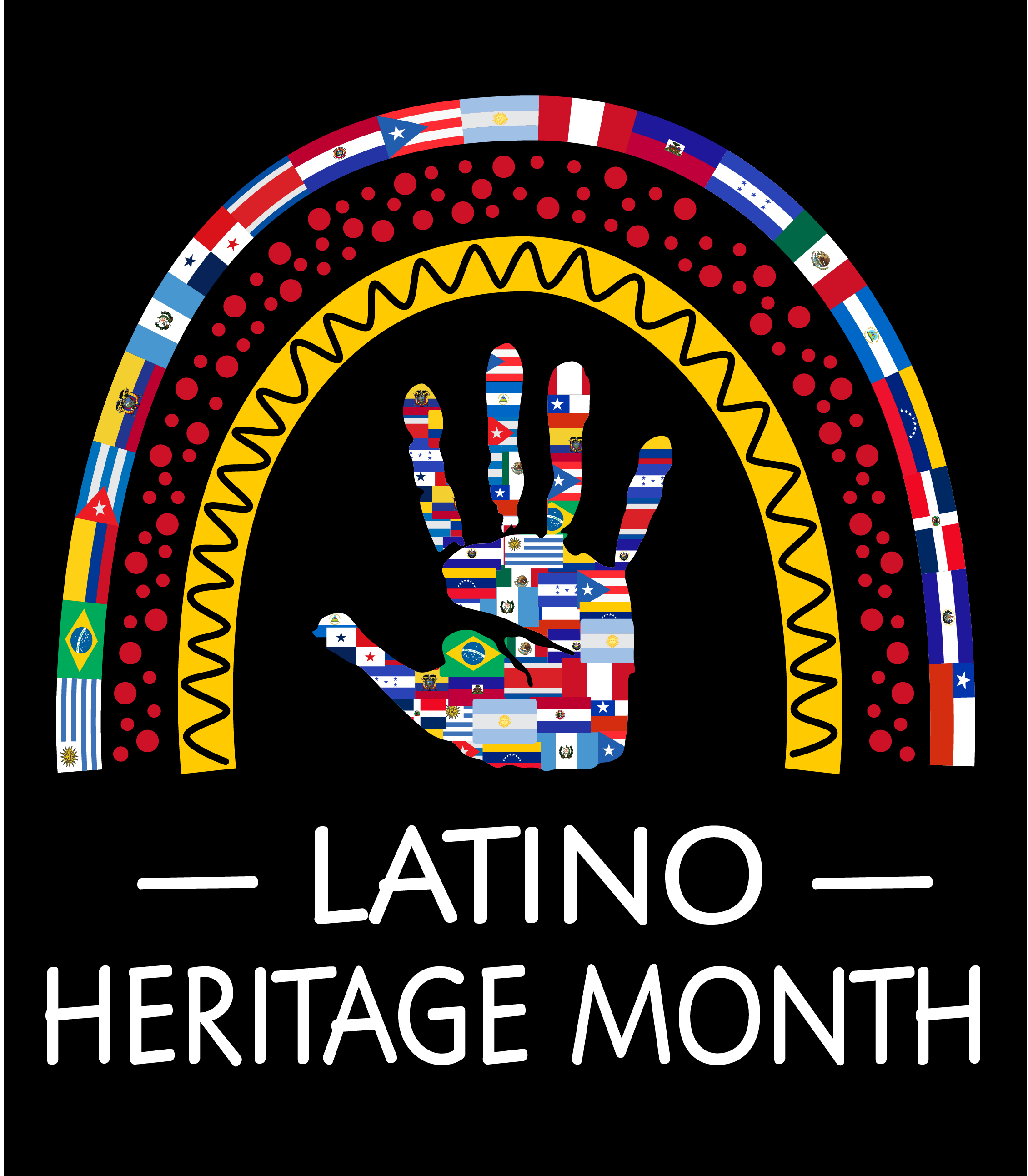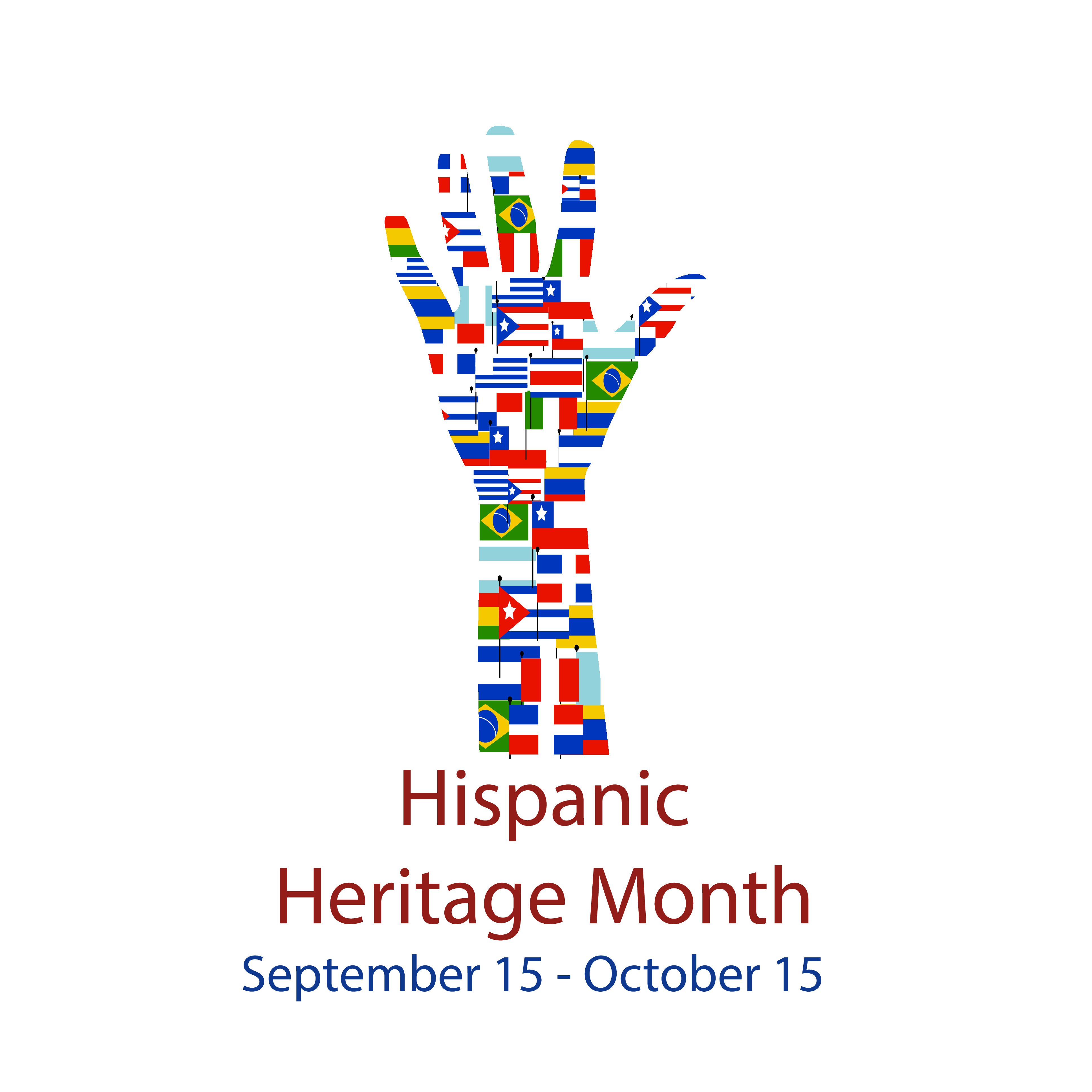TERC Blog
Without Investment in STEM Education Research, We All Lose
This year, the National Science Foundation (NSF) marks its 75th anniversary of advancing science and technology in the U.S., and TERC, a leading nonprofit in STEM education research and development, is proud to celebrate 60 years alongside them. For six decades, our work — supported in great part by NSF funding — has helped educators and learners access the tools, guidance, and resources needed to succeed. From cutting-edge STEM curricula to high quality teacher professional development, NSF’s investments have fueled not just research but real-world impact.
Every caregiver hoping to prepare their child for tomorrow’s jobs, every teacher looking for better resources, and every employer in search of skilled technology workers has benefited from NSF’s commitment to STEM education research. Their support has informed better teaching practices, equipped students with strategic thinking and problem-solving skills, and ensured that even the most rural or underserved communities can access high-quality STEM education.
At TERC, this support has propelled our mission to improve STEM education for all learners. It’s helped us reimagine how people teach and learn. Through NSF funding we’ve developed resources that bring STEM to life in both formal classrooms and informal settings. We’ve helped rural students and teachers integrate robotics and computational thinking into classrooms, supported educators in adopting emerging technologies, and co-designed a STEM-based virtual reality game with neurodivergent learners. We’ve sparked early interest in science and engineering among young children and their families and helped middle schoolers build essential data skills by analyzing real-world topics that matter to them.
During 2022-2023 alone, 76 innovative TERC-led research projects engaged 16,577 learners worldwide, including 18 projects that reached 8,288 K-12 public school students. These research projects often result in freely available curricula, educational resources, research papers, books, and white papers. During that same period, TERC resources were downloaded more than 3,900 times by individuals across the globe. These numbers represent real children, families, and educators who now have greater access to high-quality STEM education.
But today, this progress is in danger. Abrupt funding terminations have halted many crucial projects.
- A program supporting families in early math learning, helping to build STEM foundations from preschool onward. Research shows that early math skills are a strong predictor of later academic success, with one study finding that early math knowledge is roughly twice as predictive of future achievement as early reading skills (U.S. Department of Education, 2008).
- An internship program that gave college students hands-on research experience, helping launch them into graduate studies and building the next generation of STEM professionals. In 2022, more than 60% of participating students said the experience made them feel more prepared for graduate-level work, and over 67% reported being more likely to pursue a master’s or Ph.D. as a result.
- A rural after-school initiative that brought math to life through design-and-making, tackling community needs like agricultural projects. Initial interviews and observations confirmed deep engagement among participating middle school youth, but without the final round of data collection, the opportunity to fully understand their learning and growth has been lost.
- A project that amplified Native students’ voices, shining a light on both the barriers and supports that shape their success. A survey showed 69% of participants in 2021 strongly agreed that they majored in STEM to give back to Native people in their future career. The team was still working on analyzing their data to develop publications to benefit the wider field and give researched-based recommendations to colleges and universities on recruitment and retention of Native students in STEM.
- An after-school program that uses dance to teach physics concepts to high school youth while building their identities as people who practice and engage in science. This program also aimed to engage Black girls, a group historically underrepresented in physics, with only 0.8% earning bachelor’s degrees in the field, far less than the 11% average across other subjects (CEOSE Report, 2017-2018).
The immediate consequences are clear: educators and learners will no longer benefit from these programs. Without final data collection, we lose the chance to fully understand the growth and learning of participants. And without dissemination, promising practices and valuable insights will never reach educators, policymakers, and communities who could have benefited. The ripple effects will be even more far-reaching.
When projects like these are cut, the losses extend beyond the research community. They will be felt in classrooms where teachers have fewer effective tools, in afterschool programs that lose innovative models, and in homes where parents miss out on resources that could help their children succeed. They show up in the missed opportunities for young people who could have been inspired and poised to pursue STEM careers. And they show up in the innovations that might never come to life — innovations that could have strengthened our economy, improved our lives, and shaped a brighter future for us all.
For 75 years, NSF has been a cornerstone of progress in this country, supporting the ideas of researchers from thousands of organizations whose work has shaped our world. Now and in the future, when our economy will depend increasingly on skills in AI and technology, we must ensure that NSF continues to lead the way. The future of STEM, and the STEM education futures of countless learners and workers, depend on it.









